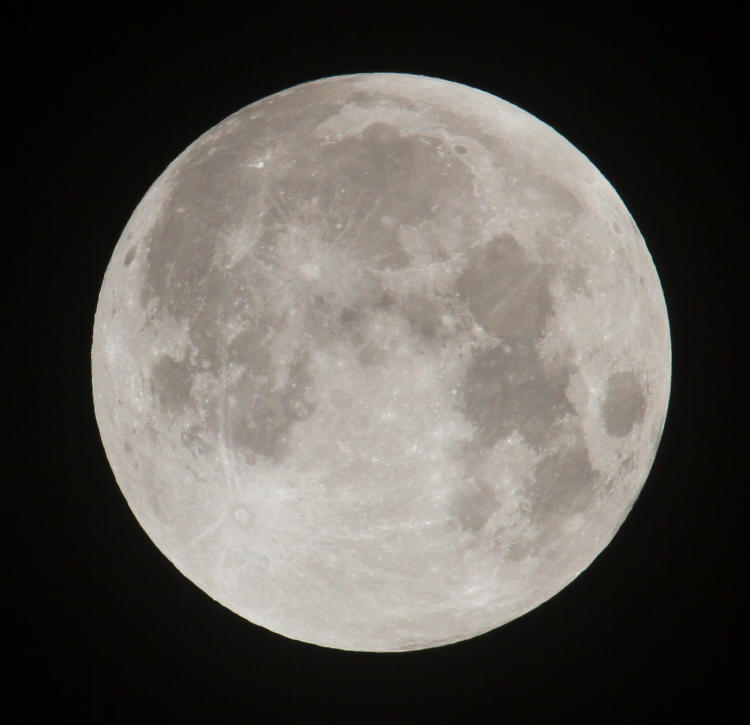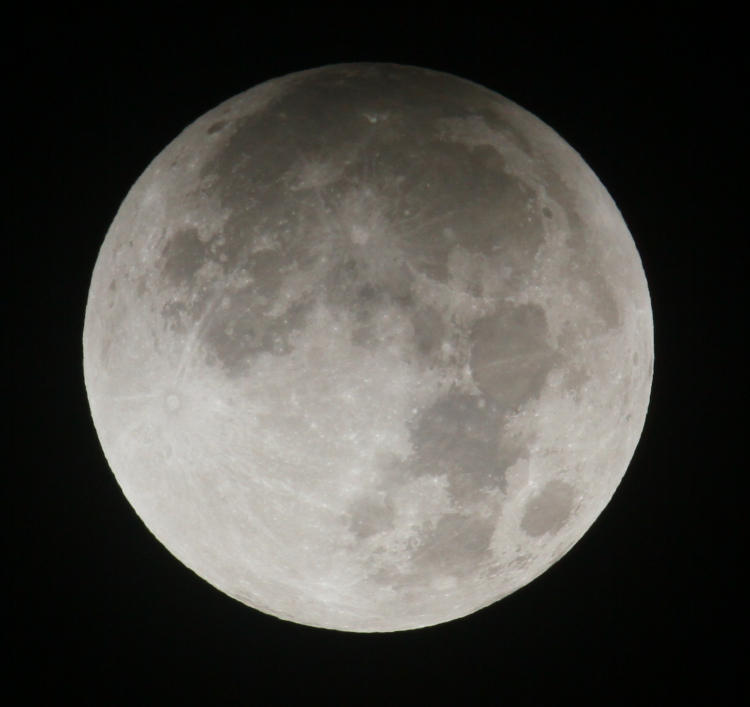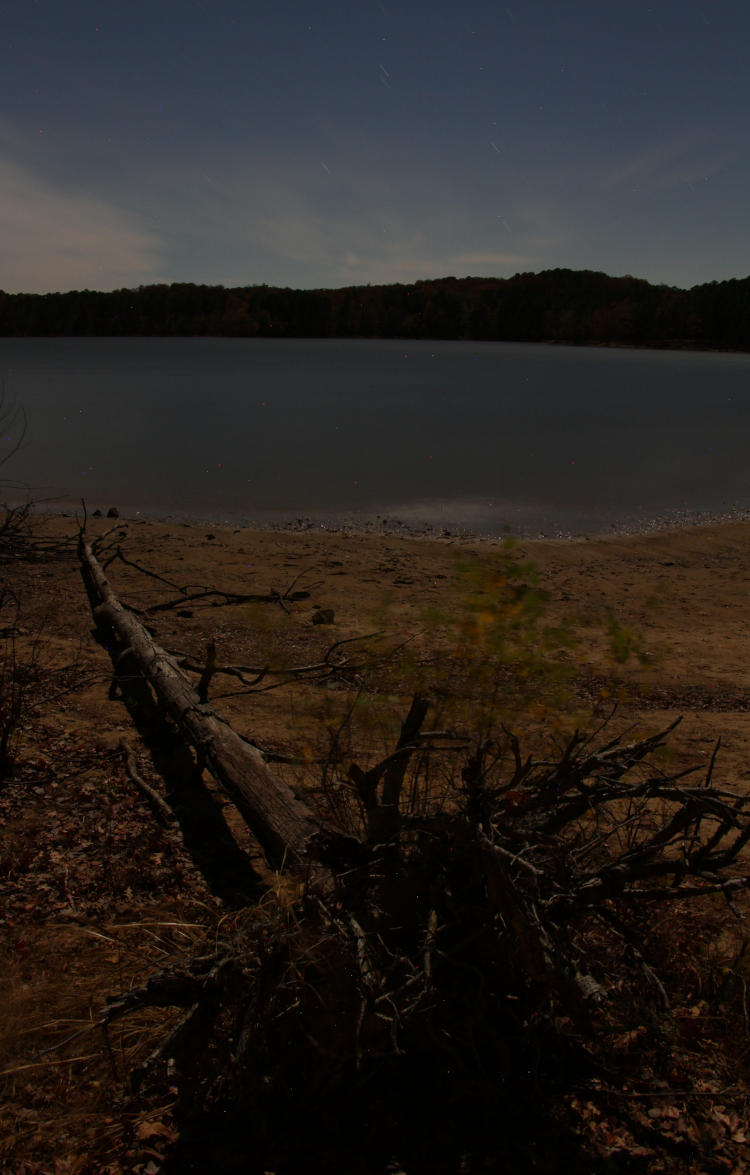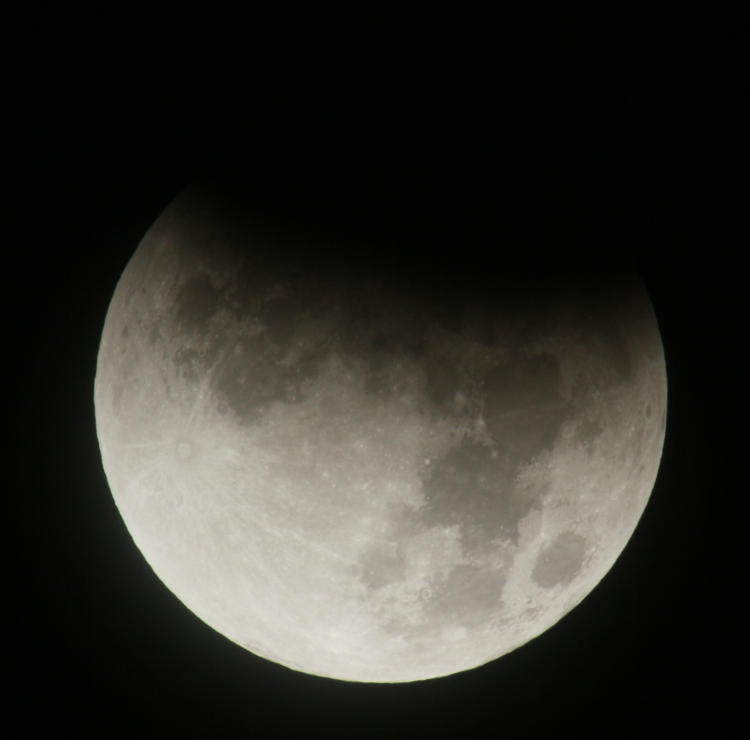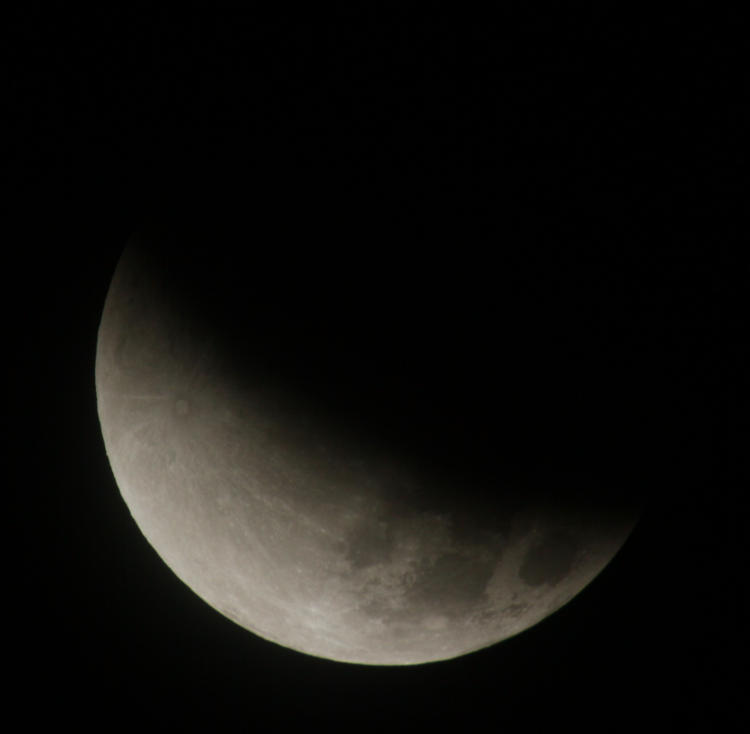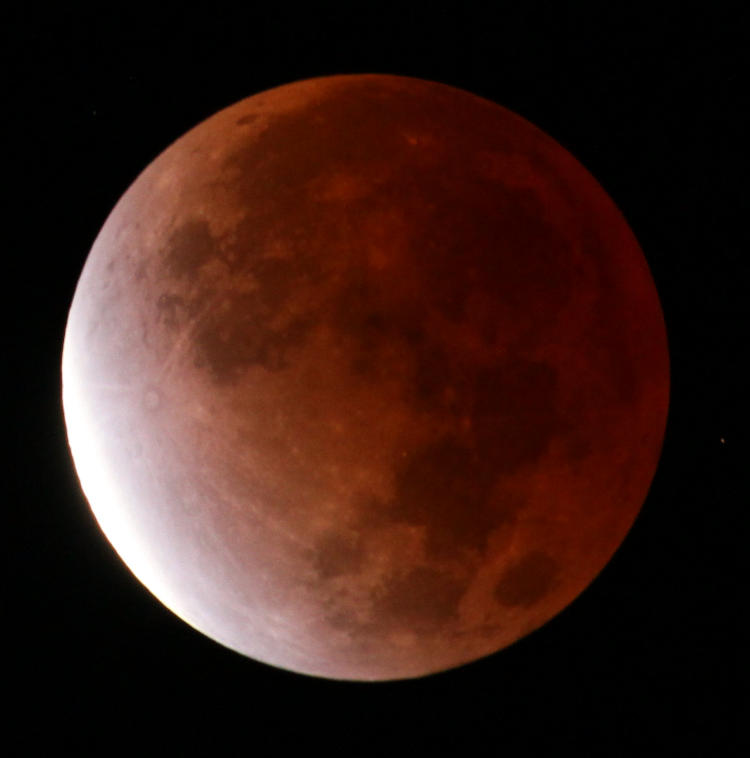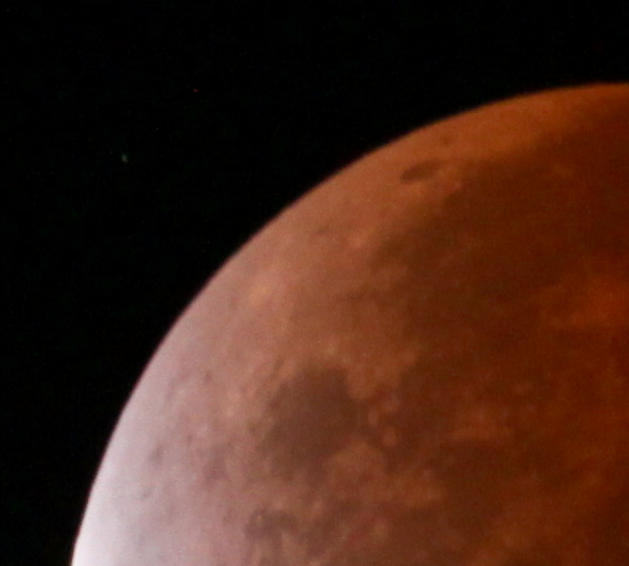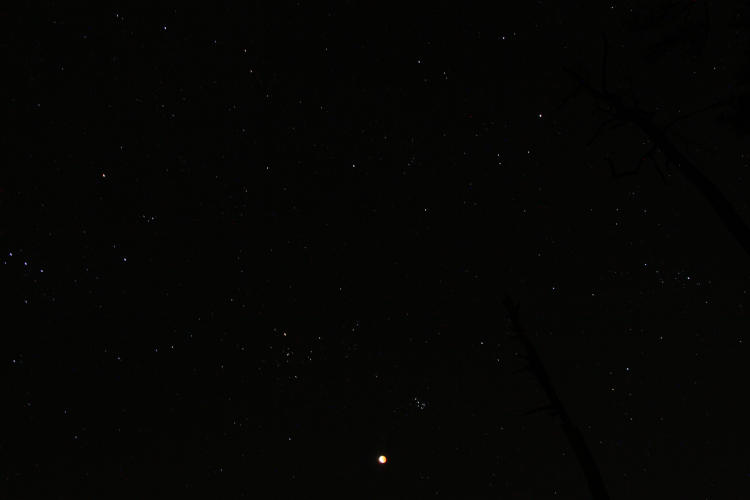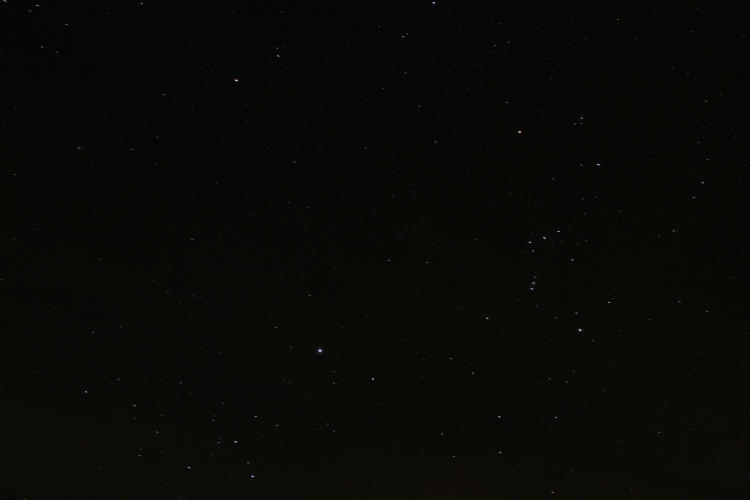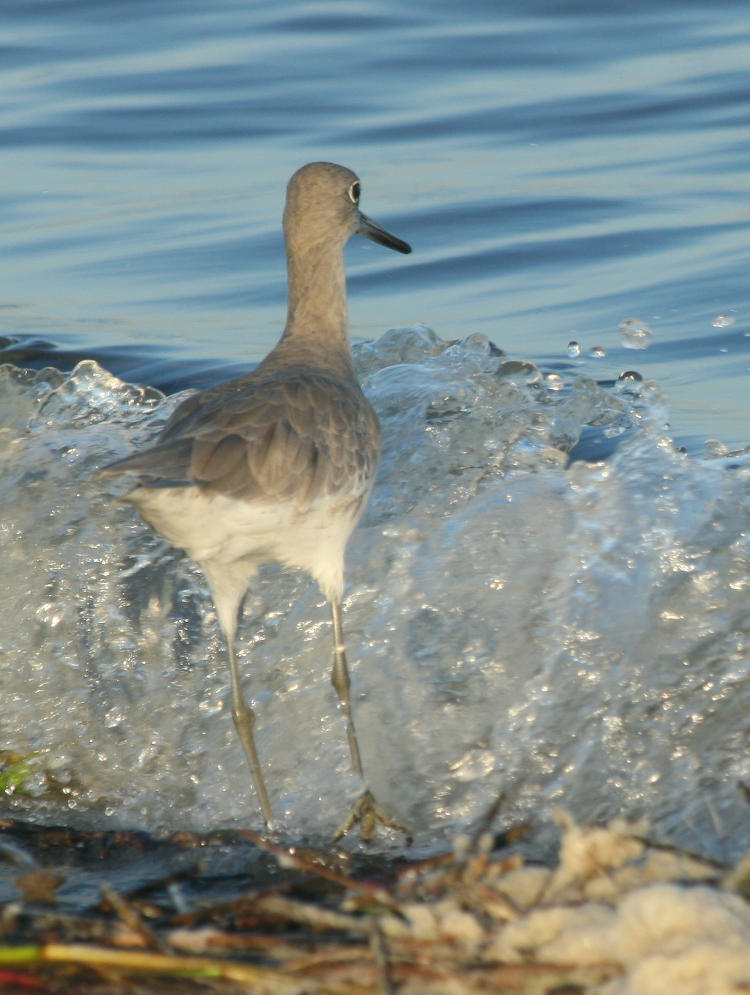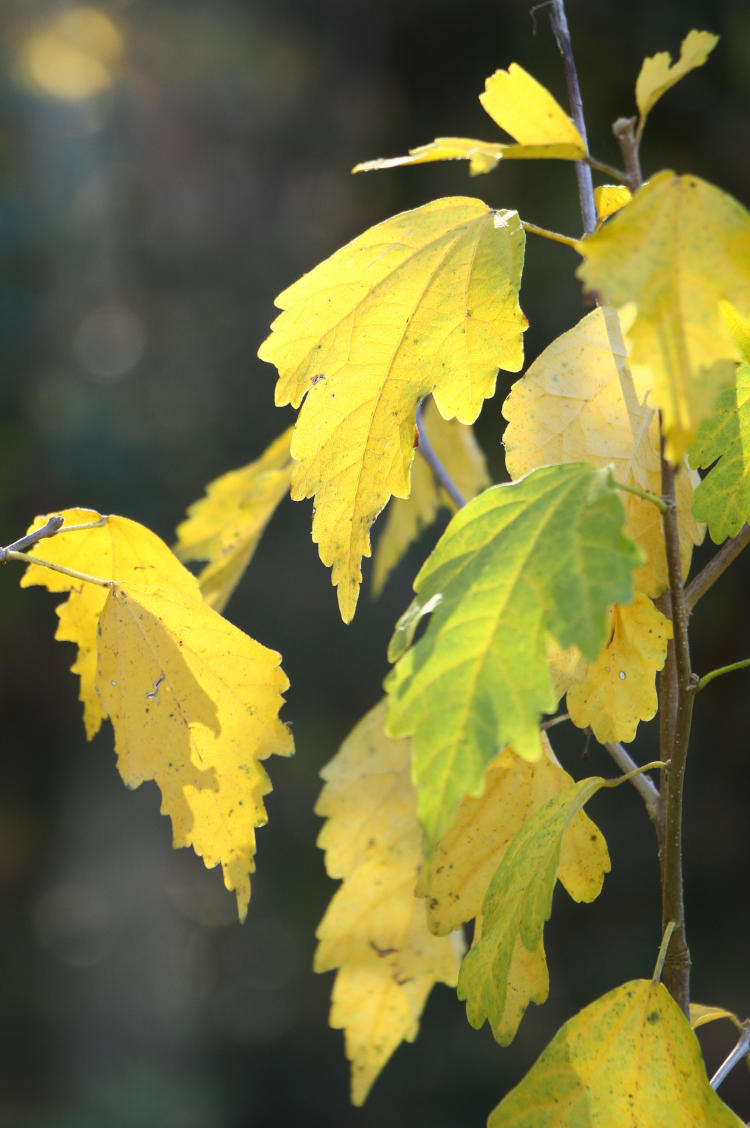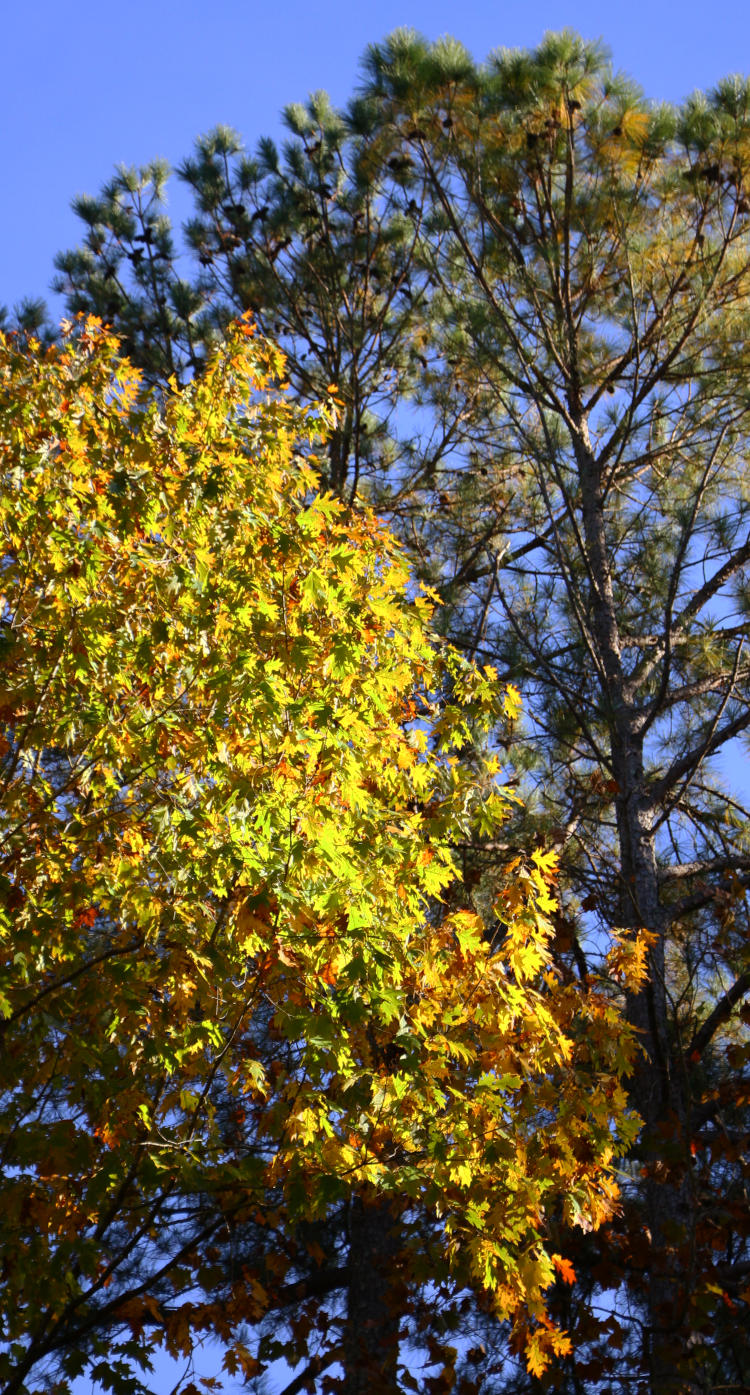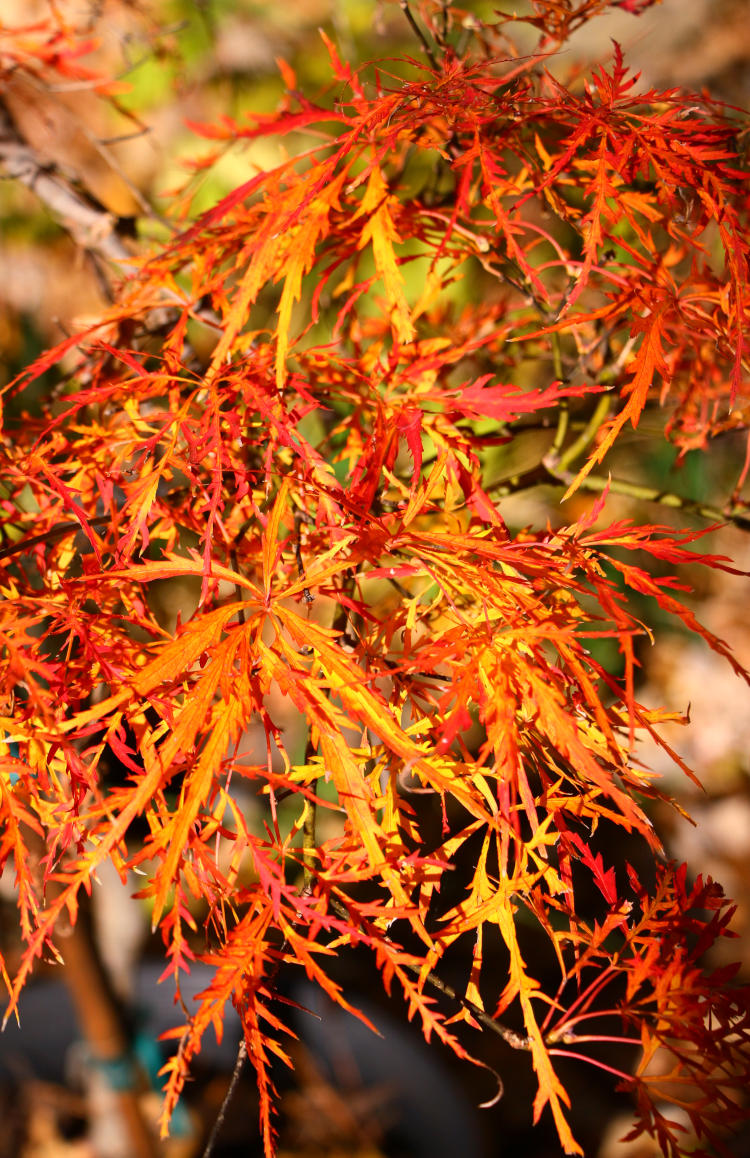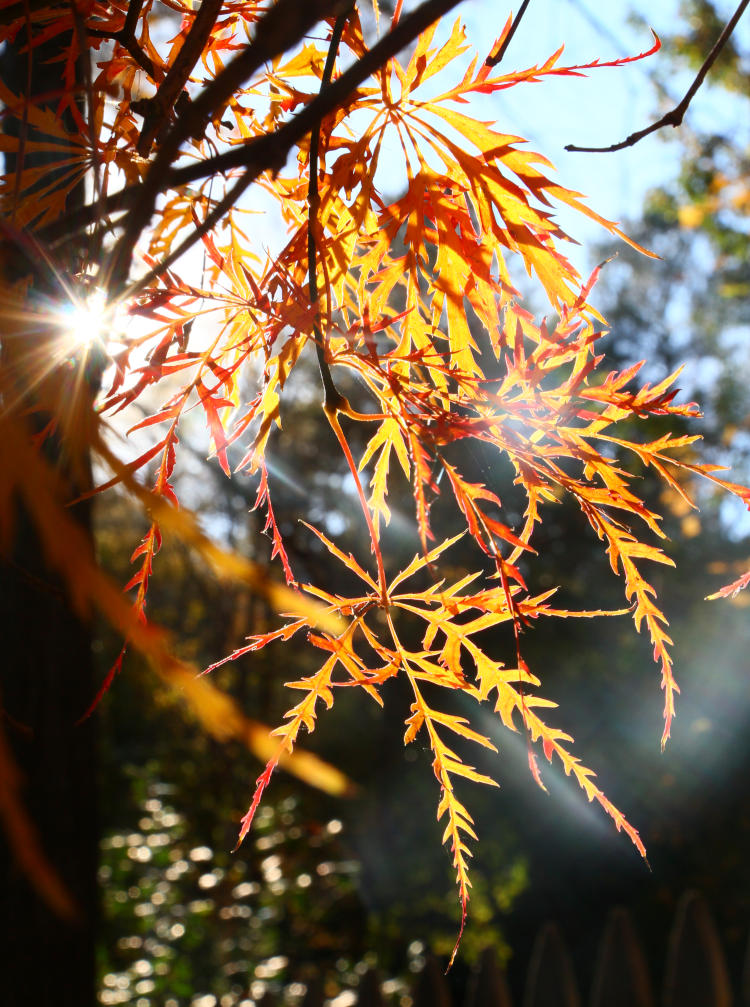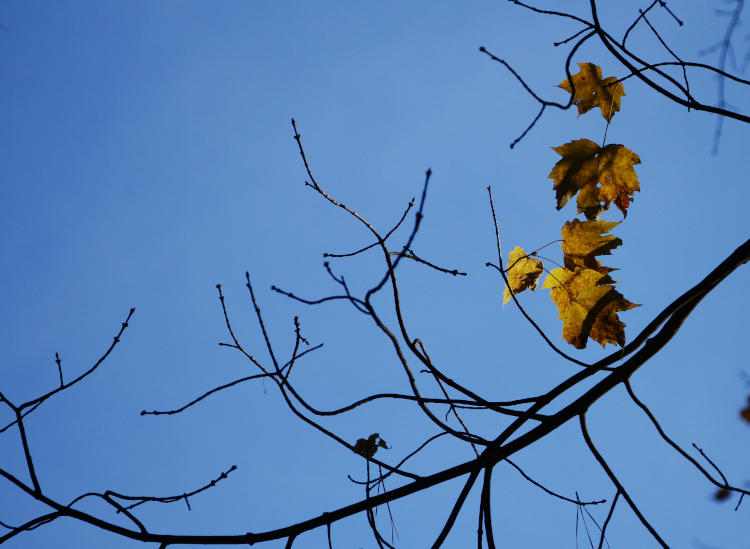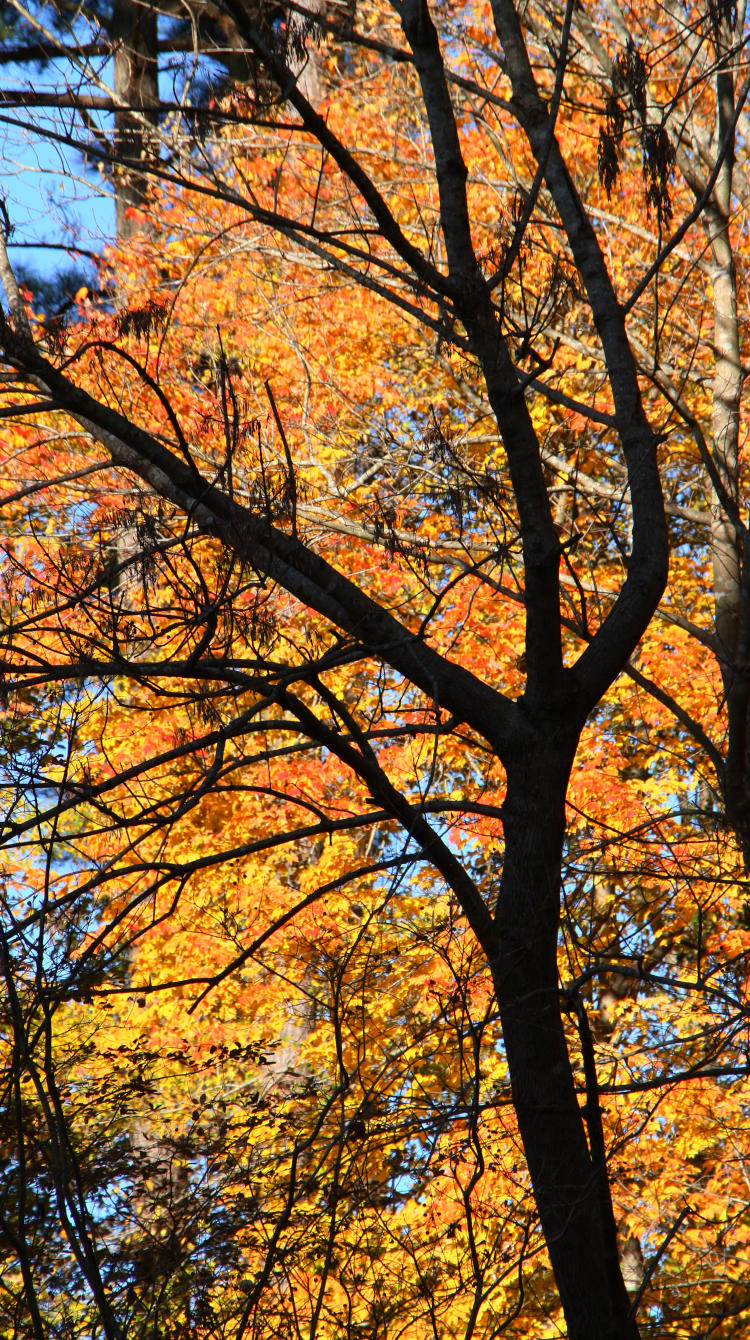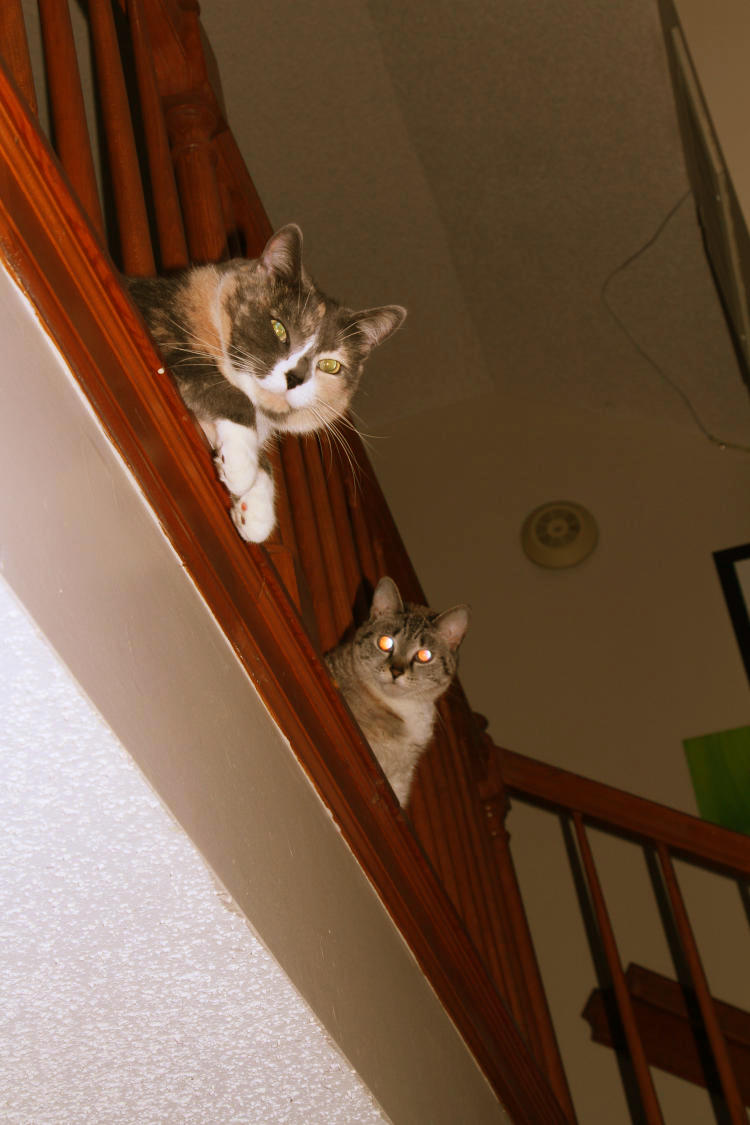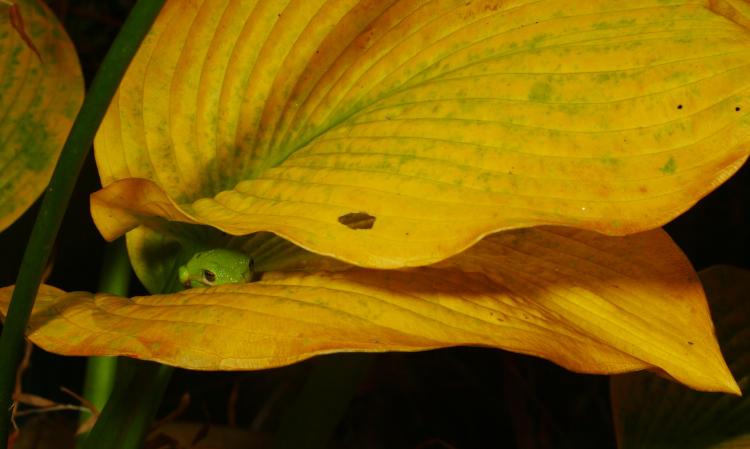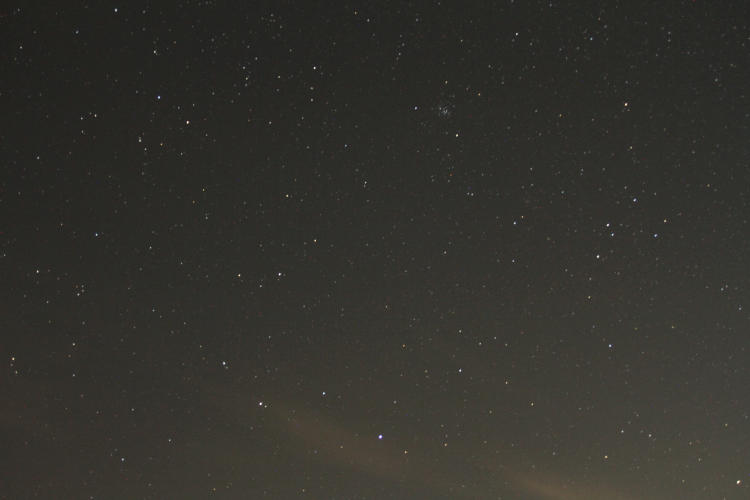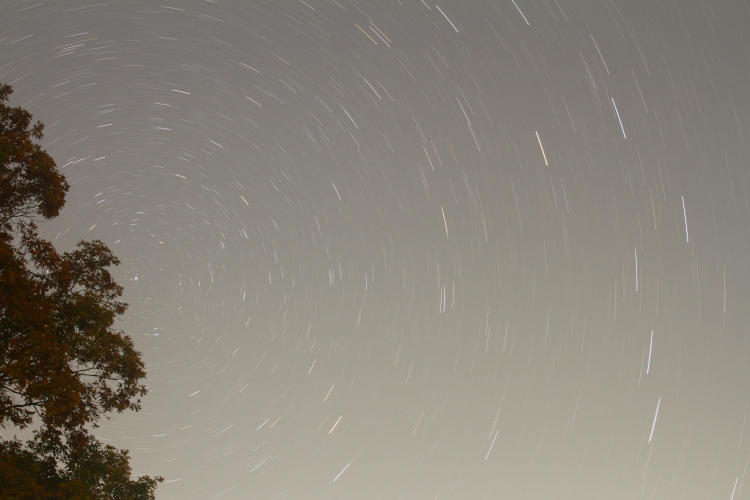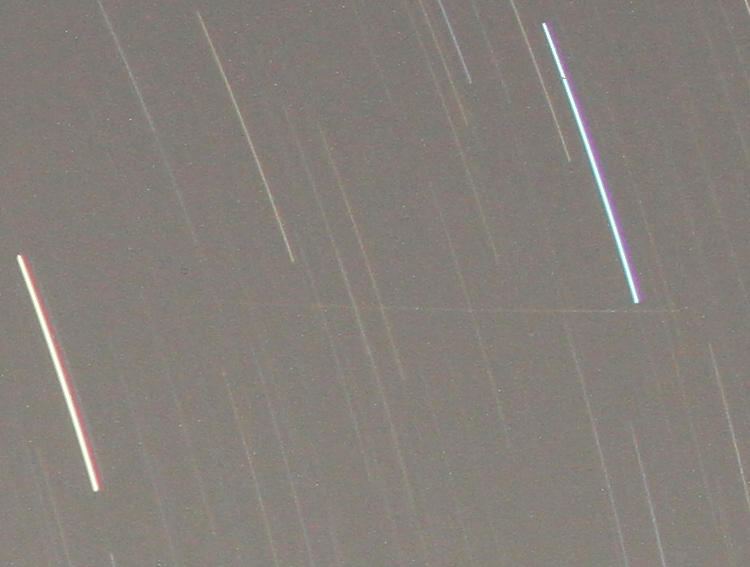It’s been over a year since the last example of this topic, which is intended to answer the questions raised by a non-religious worldview, and it was making me suspect that I’d exhausted just about all of the possibilities, but new ones still pop up here and there. Today’s is kind of a multi-level one, because several aspects run together, so bear with me. I’ve also tackled one aspect initially before, which I’ll link to at the appropriate time, but that was over a decade ago and I don’t mind revisiting it a little. So with all that, and in recognition that the original question format doesn’t quite work this time either, we’ll delve into, But isn’t atheism selfish and meaningless?
The initial aspect of this is the assumption that only religion provides Meaning™, and things like altruism and even morality, which is repeated ad nauseum. Without the remarkable and innovative guidance of scripture like the ten commandments, we’d all be vicious animals; this is, of course, also used to handily trash evolution. That a ridiculous number of animal species have much better and stronger social habits than we do is generally ignored or, most likely, never realized in the first place, and I challenge anyone to name a species that has killed even a notable percentage of its own kind, much less the numbers that we’ve managed for our brethren. I’ve tackled the topic of morality twice before, including in the very first But How?, so I’ll simply refer to them for the detailed treatment. And we’ll get to meaning in just a moment.
But I think the topic of selfishness deserves a very close look, because it’s an insidious little elephant in the room. While most religions get credit for instilling morality and a lack of selfishness, the bare fact is, most of them are pretty terrible at it. And I’m going against my cardinal rule of avoiding going on the attack in the But How? posts, since they’re intended to answer questions, but this will serve to highlight a really damning trait. While not every religion suffers from this, the most prominent ones, with the greatest number of followers, are enormously guilty of promoting an astonishing level of selfishness: the very idea of ‘salvation’ through faith, obeisance, and devotion is strictly personal, and literally, to hell with everyone else. First off, it almost demands the question, “Are you actually in favor of worshiping a being that even developed the concept of everlasting torment?” And of course, there remains the question of what purpose this would even serve. I mean, fuck it, just keep spanking and spanking and spanking the kid, endlessly, because we get our morality from scripture.
Personal salvation is pretty much the pinnacle of selfishness: the entire emphasis is on the individual. And in far too many cases, it has nothing to do with what someone does, only what someone is, as in, faithful and devoted to god and all that. Hell, the Abrahamic religions (islam/judaism/christianity) hold that title in recognition of Abraham, told by god to kill his fucking son and perfectly ready to do so, until he was informed that it was only a test (and worse, that he passed.) That’s what deserves recognition as the definition of morality? And it’s far from the only example within scripture. christianity gains the barest recognition for subverting the overwhelming authoritarian narrative of retribution and wrath with a hint of altruistic guidance and non-judgmentalism – which quickly gets buried under the various rants from those purported to be jesus’ followers, so we see how valuable that firsthand guidance was. More importantly, far too many churches/temples today are more interested in the judgment and authoritarian aspects than in actual guidance, providing more than a hint that their vision of religion, at least, is intended for controlling other people rather than informing the devotees. There’s also a very distinct class consciousness endemic within religion, the followers and the heretics, which has historically allowed for some truly horrific actions to be taken under the guise and overwhelming belief that this is how ‘good’ should be defined. It is often argued, naturally, that these occurrences, all umpteen thousand of them throughout history up to and including this very week, are all examples of people that do not follow the True™ meaning of scripture, which is, again, just a class consciousness thing: I know what was really meant by that, better than all of these devoted followers all over the world, a remarkable display of ego. But one really has to ask how good the guidance is if it has fucked up that badly, that often? Not to mention that any omniscient god knew this was how it was going to turn out.
Which is a dangerous road to go down, because it quickly leads to (for anyone not abysmally blind) sinners gonna sin, and lots of people were born destined for hell, so where’s the guidance supposed to be anyway? Predestination is like that. Honestly, and logically, you can’t have it both ways: if god has a plan, you’re just a puppet, and your actions are just gonna happen the way he has already seen it, so welcome to nihilism.
This is where we discover that atheism is actually less, far less, nihilistic that at least the majority of religions out there, if not all of them. Now in all honesty, atheism offers nothing whatsoever along those lines; it’s a standpoint, not an ideology. But the dismissal of the assumption that meaning must be provided by religion and/or scripture and/or devotion is distinctive enough; meaning is a personal thing. It can be as diverse as making a name for ourselves (which is ego, even as it manifests in creations or discoveries that many can benefit from) to dedicating ourselves to a worthwhile cause – and it bears recognition that such things are remarkably self-affirming, more meaningful than applying a simple label to oneself (such as, “baptist,”) and believing this has fulfilled a role or a need.
But attendant with this is the idea that we do not have a state of being after our lives, most especially not some reward (that, let’s be real, 99% of religious folk believe they’re in line for) to be bestowed. What’s important is the here and now, and what matters is how we treat other people and what benefit this produces going forward. Our survival as a species is not guaranteed, our distinction as a culture is not as prominent as it could be. We are not in the hands of anyone but ourselves; we cannot abdicate responsibility nor ‘the future’ to some magical being or master plan. There is no single arbiter of our worth, checking off a list of carefully delineated (and woefully inadequate) rules, but an entire planet of them: everyone around us has to determine the benefit of our actions, and that’s really what morality is, the reason why it has value at all.
There are two tangent aspects, not directly related but close neighbors. Secular humanism is the ideology that our morality and any ethical guidelines should remain unburdened by any religious, cultural, or national biases, and while not all atheists embrace humanism, it’s the default choice the moment anyone begins to discuss ideologies in the first place. It is, in fact, the purest form of ideology since it eschews the burden of any underlying motive or allegiance, and is thus the fairest. Contrast this, of course, with the attitude of many religious leaders towards it, who claim that its goal is to destroy religion, which (surprise surprise) is not very accurate or astute, since all it destroys is religious influence upon others. Humanists do not even have to be atheists, but they do have to recognize that religion is too narrow a focus (and mostly, too archaic and inadequate) to provide effective guidance. It is worth noting that the vast majority of laws, in most countries, are humanistic in nature, relying on demonstrable benefits and detriments rather than scriptural pronouncements, and especially eliminating the self-importance and class-consciousness of a religious ‘morality.’ Meanwhile, history and even the daily news is rife with what happens when religion is given free rein within a governing body or the lawmaking process, and the results have never been what anyone would consider an ideal society; the primary guidelines of the US, among others, were laid out with this in mind.
An evolutionary perspective also contributes to a stronger reduction in selfishness and a better grasp of morality. Humans are one among many species, ‘special’ only if we settle for narrow and egotistical distinctions, and we had a long path from simpler ancestors to get here, without being a finished form or pinnacle of any kind. Within our species, the demarcations are incredibly muddy and of no particular value, something that helps us view our previous class distinctions with loathing (slavery, manifest destiny, and all that horseshit.) Moreover, we recognize that not all of our decisions are evidence of rational consideration, but too frequently influenced by emotional bias; this is perhaps most distinct in the topic of capital punishment, which we’re slowly realizing is a relic of fear-based vindictiveness rather than serving any useful purpose, as well as preventing any recourse in the case of wrongful convictions (which occur far more often than they should, also often due to emotional reactions.) But a knowledge of evolution also helps us to realize that we’re all driven by the same needs and desires, and that our goals must at least recognize these, even when they have to deny them. We get a certain satisfaction in the various forms of tribalism that we embrace, whether it’s sports teams or national boundaries or ferreting out heretics, but outside of very narrow circumstances, this tribalism is actually detrimental and should be disparaged. Laws and policies that we personally benefit from, that marginalize others for no useful purpose, are the kind of things that we need to recognize as selfish (rather than, in far too many cases, rationalized with crass and elaborate justifications.)
All of this is evidenced and demonstrated throughout most cultures around the world, perhaps all of them. There are the aforementioned religious governments that are exceptionally bad about instilling altruistic and cooperative societies, while the ones with the highest standards of living and satisfaction, the greatest number of residents reporting as being happy, are overwhelmingly secular. Atheists typically display a much greater grasp of ethics and fairness than the religious, in far more polls than not; they’re also notably underrepresented (compared with the general population) within prisons, while vastly overrepresented within the scientific community. While it should be pointed out that these are correlations and not necessarily linked closely – someone with a more critical and scientific viewpoint may gravitate towards atheism, rather than the reverse – it’s exactly the opposite of what the premise question implies should be true. And of course, religious motivations underlie the majority of restrictive and marginalizing attempts at legislation in the US (Texas, we’re looking at your brain-damaged ass,) while, and I’ll know you’ll be shocked at this, fostering all sorts of exemptions for religious folk, such as churches not having to pay taxes, religious deferrals for medical treatments and vaccinations, and even the ability to be considered beneficial fundraisers while pouring most of the money solely into the perpetuation of the church itself. As I type this, countless high-profile religious leaders, so exemplary in their selflessness and moral guidance, are insisting that vaccines and herd immunity and a federal health policy are somehow infringements on their rights. That’s exactly the kind of guidance that we really don’t need, and beneficial to absolutely no one, including their own flocks – but it plays to the insecure rubes, and that’s what’s important, it seems. Make of that what you will.
* * * *
I feel obligated to add a little aside, not directly related to the main question but often implied by the underlying attitude, and this is far from the first time that I’ve addressed it, though again, it’s been a while. Quite a few people feel that a naturalistic worldview leaves no room, no opportunity, for awe and wonder and ‘spirituality,’ for want of a better word; they think that seeing things as chemical interactions and atomic valances takes away the magic, turning the atheist or the scientist into a clinical, emotionless drone or something. I can only speak dependably for myself in this matter, mostly because I don’t bother interviewing others over how they see such things, though more than a few scientists and atheists have spoken to this. But to be brief, this is horseshit. The bare fact (and it is a fact, in every sense and interpretation of the word,) that these things take place while governed by a few fundamental forces is utterly fascinating. Surrendering oneself to, “god made it that way,” is no more enlightening than, “Because I said so,” and demonstrates not just a total lack of interest in these supposedly wonderful things like life and ‘creation,’ but a willingness to settle for the party line, to perpetuate the idea that the church actually has any answers at all. You can only fall for this if your own insecurity overwhelms your sense of curiosity, because of course it answers nothing.
The development of species from simple origins, the interactions of all lives within this ecosystem that we call home, the methods of teasing information out of inanimate objects or even the bare traces left behind – these are fascinating. And all the more so because they ‘just happened,’ that events produced a confluence of factors that provided the opportunity. We see the sudden increase in fossil species at the same time that oxygen began leaving more evidence in the geologic record, indicating that a richer atmosphere helped spark speciation. We find the sudden cessation of sauropod fossils past a distinct geologic timeline, coinciding with a layer of iridium across the entire planet; iridium occurs very rarely in sediment, generally coming from two sources, volcanic eruptions and asteroids. From this, we may infer that either some massive volcanoes or a huge asteroid strike contributed to their extinctions; lo and behold, we have evidence for both popping up in the same geologic layers.
One of my favorites was when anthropologists determined about how long ago wild pigs were domesticated, from just the ancient jawbones. Teeth from a wild pig species were showing both distinctly shorter lengths and different shapes, due to a change in diets, as well as mineral content consistent with eating a large amount of millet fertilized with nitrogen – animal feces. These appeared only after a certain time – older specimens showed no indications of these. Millet doesn’t grow in large patches or quantities on its own, and animal feces tends to be sporadic and not concentrated, unless it’s collected and used as fertilizer. Conclusion: the pigs were eating farmed grain. These results are consistent among numerous remains, and pin down pig domestication to roughly 10,500 years ago in what is now Turkey, and 8,000 years ago along China’s Yellow River.
Another example is that avian feathers all have a specific pigment-producing cell, called a melanosome, within them if they’re black, which isn’t present for any other colors. Careful evaluations of the sediments that surround the fossilized imprints of dinosaur feathers revealed patches of these same cells, only in the region of the feather imprints, indicating that the melanosomes were deposited into the encapsulating sediment as the feathers decayed, and remained there. Conclusion: some dinosaurs had at least some black feathers. In other words, we could tell some of the coloration of a species that we have never seen, that’s been gone for 55 million years.
Further examples can be found throughout this blog of course, many of which make it into the Too Cool category. Meanwhile, anyone that fails to find things like this remarkable, that tries to find faults within to shore up their concept of a loving god, that simply denies anything that we’ve found and continue to use if it fails to gibe with their scattered, contradictory, and asinine scripture, well, I can honestly say that I don’t feel sorry for you; I’m openly contemptuous of you. It’s a ridiculous, and selfish, worldview to maintain.





















































